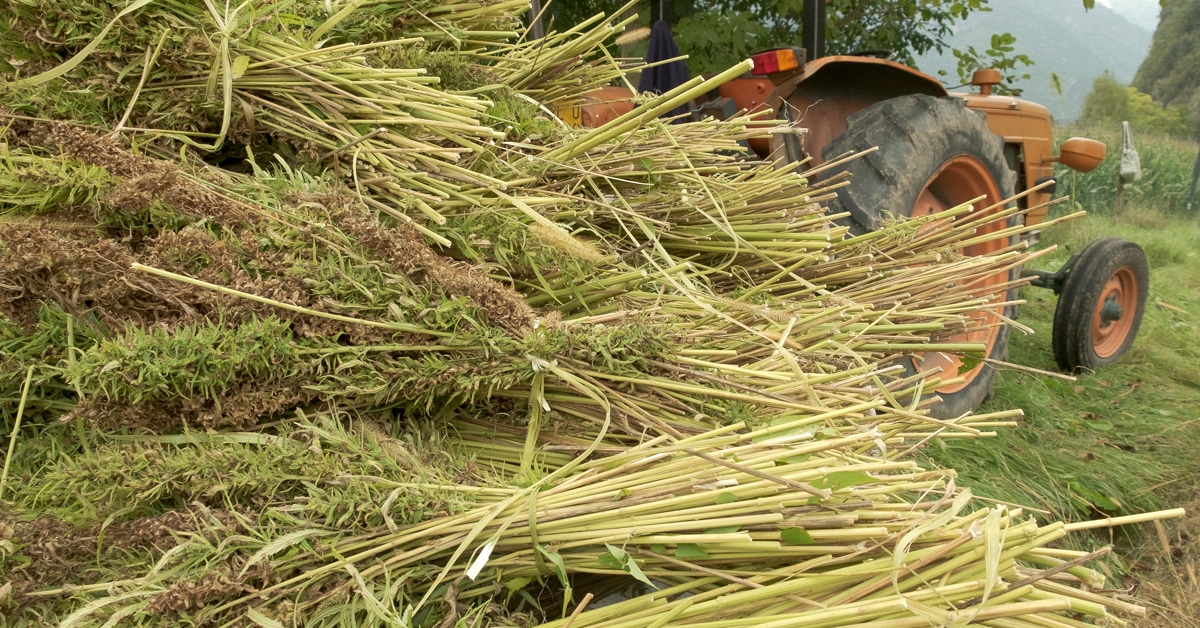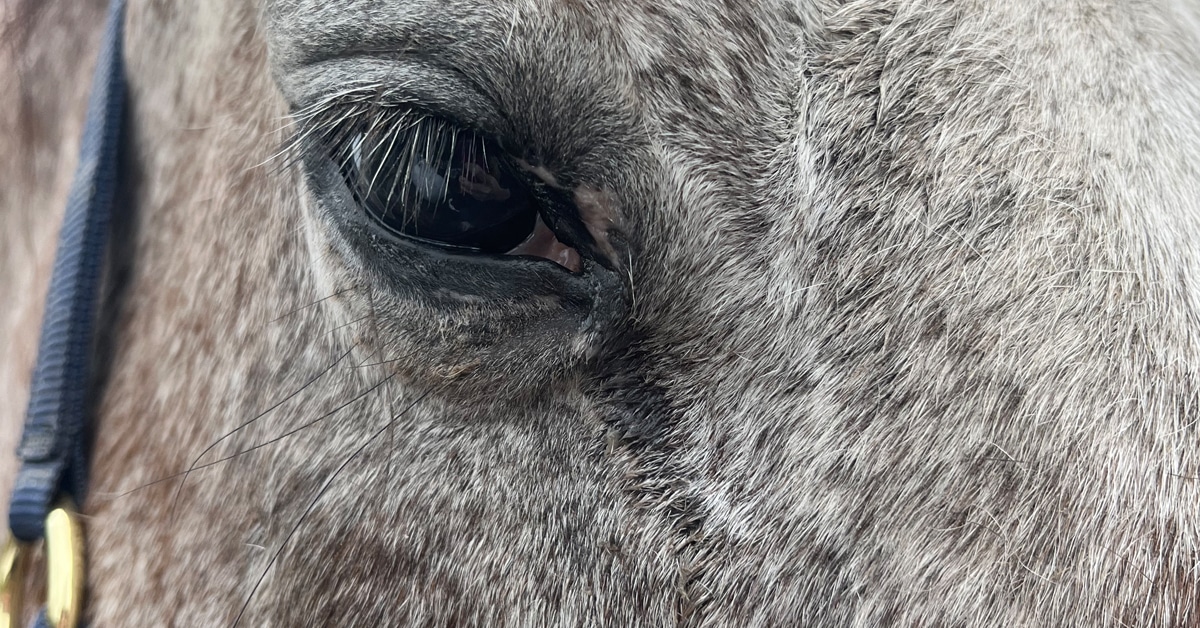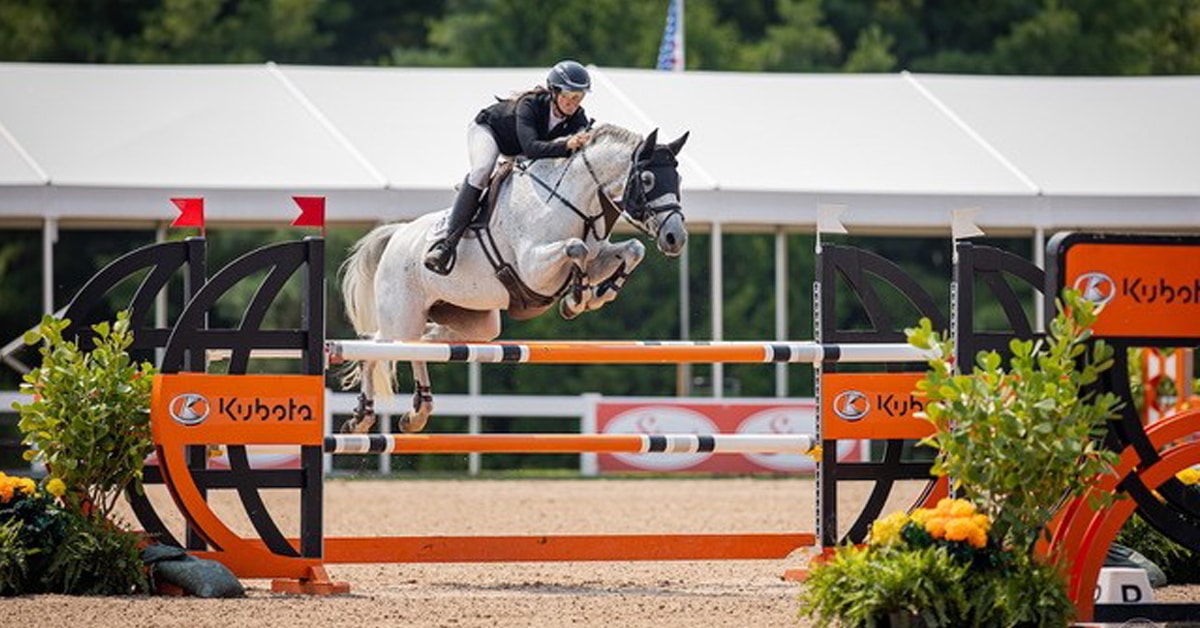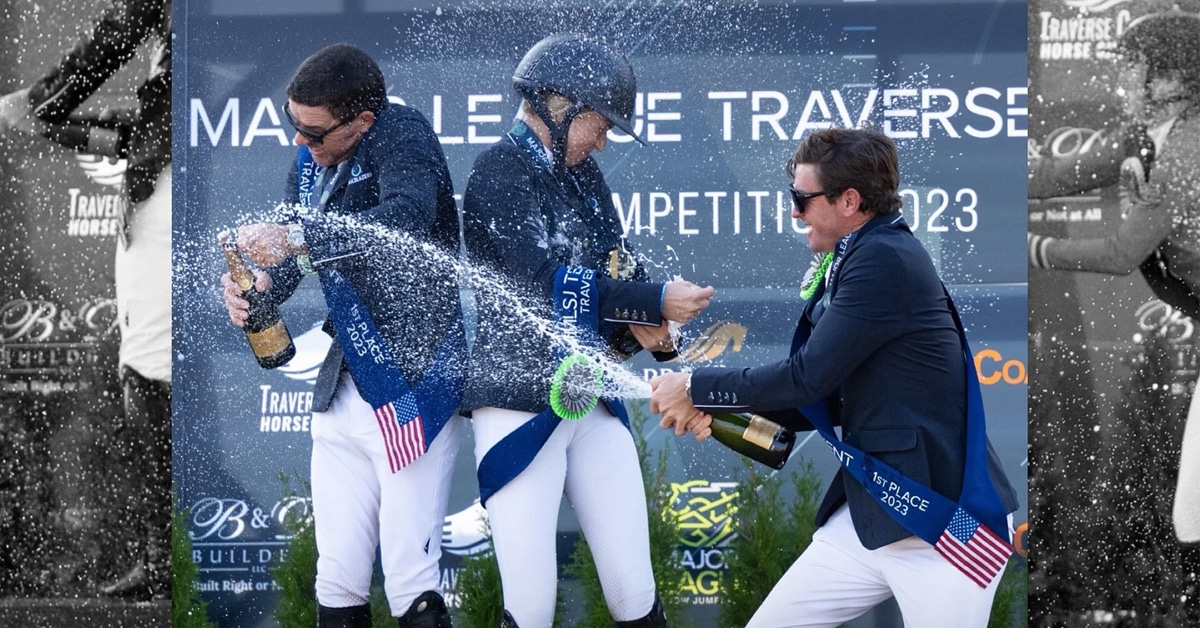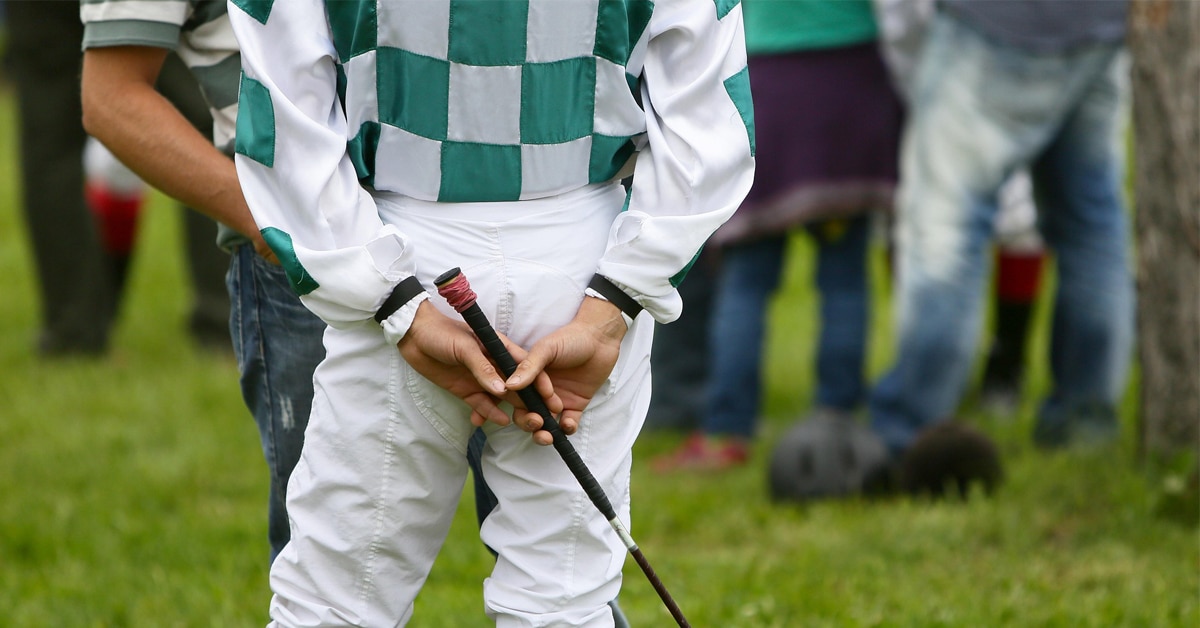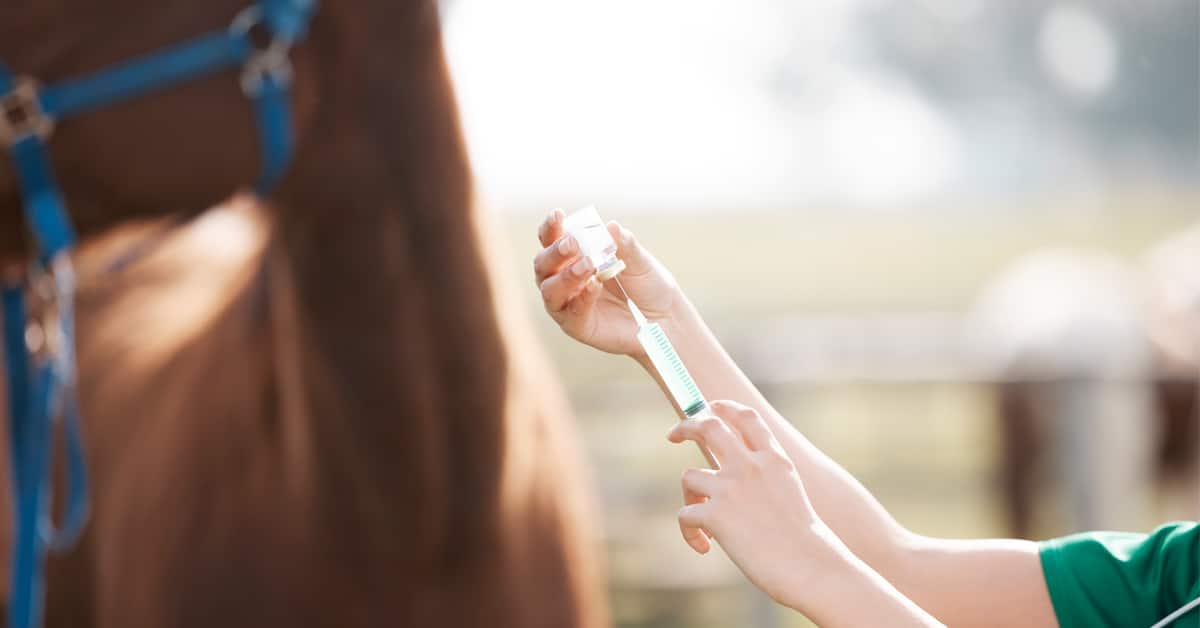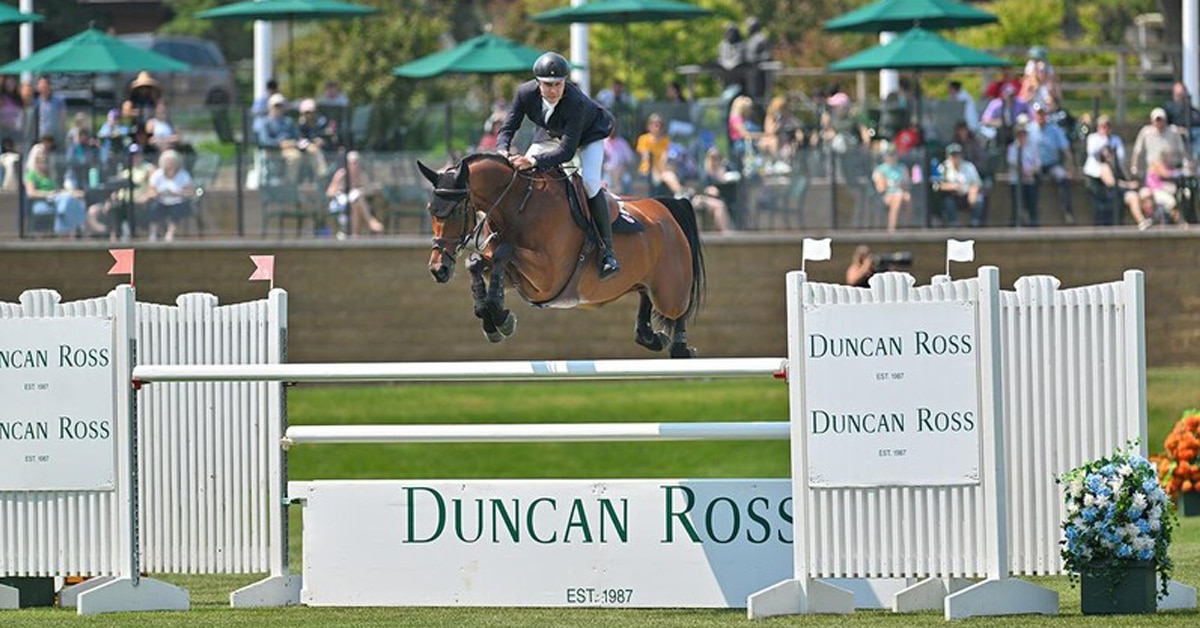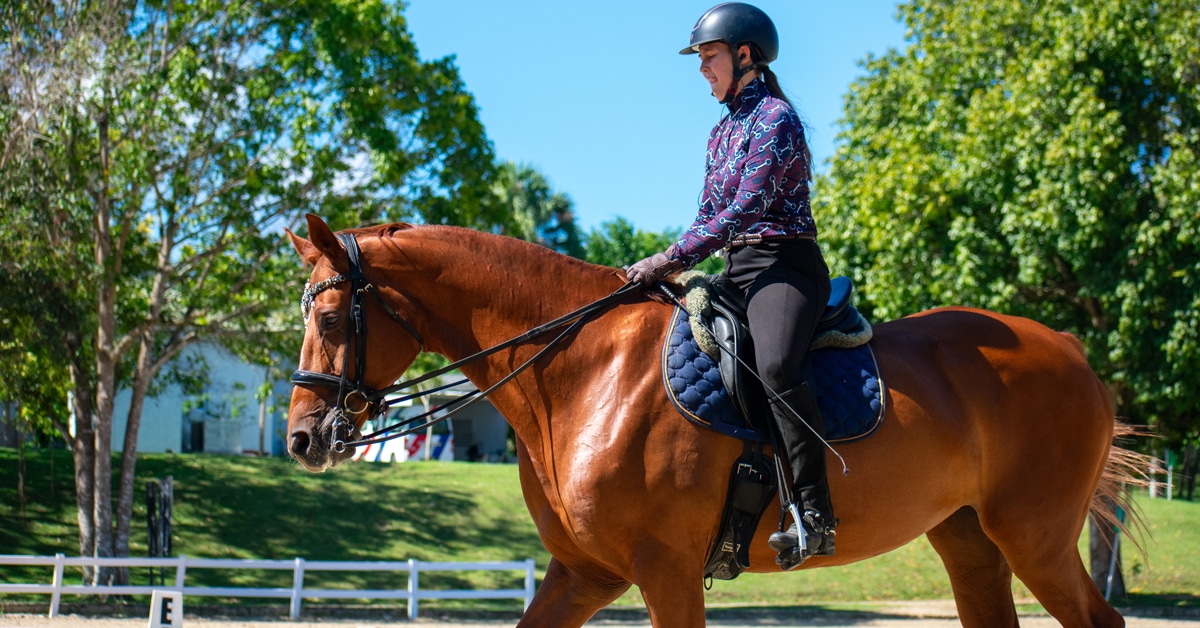In late 2024, four horses were removed from a farm in Nova Scotia. All of them, including a pregnant mare, had reportedly been fed a dairy ration meant for cattle — a feed known to be harmful, even toxic, to horses.
Three showed signs of chronic laminitis, yet continued to be worked regularly. One had such severely neglected teeth that he couldn’t close his mouth and had developed severe nerve damage.
The horses had been tied in dirty standing stalls without water. All of them were filthy, and some had urine burns on their coats. Most were apprehensive of human contact.
This didn’t happen at a secluded backwoods farm away from the public.
It happened at Ross Farm Museum — a beloved, government-owned living history site in New Ross, Nova Scotia, where schoolchildren come to learn about Canada’s past and pet animals, and families come to take wagon rides through the woods.
And the horses weren’t mixed-breed backyard pets, either — they were rare Canadian Horses, Canada’s only national heritage horse breed, descended from stock sent to Canada (then a French colony) in the 1700s by King Louis XIV. Endangered until just decades ago, Canadian Horses number less than 7,000 worldwide.
Their removal was only the beginning. What happens next is at the heart of a growing debate over animal welfare, public accountability, and the responsibilities that come with preserving living history.
Ross Farm: Where History Lives and Breathes
Founded in 1969, the Ross Farm Museum operates as a living history site dedicated to preserving and portraying rural farm life in 19th- and early 20th-century Nova Scotia.
The former homestead of an Irish-born officer who settled in Nova Scotia after the War of 1812, Ross Farm is situated in the community of New Ross and spreads over 60 acres. The site offers more than a passive museum experience: it’s a working farm where historically-accurate heritage breeds plow fields, pull wagons, and power daily demonstrations for thousands of annual visitors.
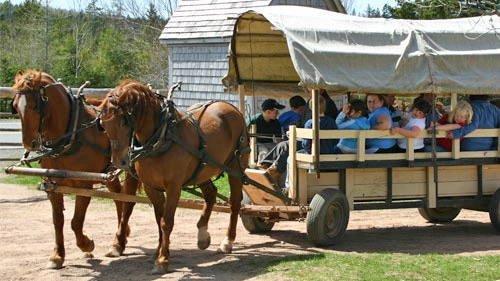
Wagon rides have been a longtime activity at Ross Farm Museum, but are currently suspended as the farm restructures their horse program. (rossfarm.novascotia.ca)
Ross Farm is part of the Nova Scotia Museum system — a network of 28 sites across the province — but it’s managed day-to-day by the New Ross District Museum Society, a registered non-profit governed by a volunteer board of trustees. Under a provincial license agreement, the society is responsible for maintaining operations and adhering to the policies and care standards outlined by the Department of Communities, Culture, Tourism, and Heritage.
That same department contributes $1.1 million annually in public funds to support Ross Farm’s operations.
Among Ross Farm’s most iconic features are its animals: Cotswold sheep, heritage chickens, Berkshire pigs, oxen, and most notably, a herd of Canadian Horses – the “Little Iron Horse” renowned for its endurance, versatility, calm temperament, and historical significance to Canadian agriculture. These animals aren’t just a draw for visitors; they are part of the farm’s working infrastructure and identity.
But by late 2024, the horses became the focus of growing concerns that would soon spark intervention and ignite a broader reckoning about the responsibilities of animal care.
Trainer Susan Fraser was invited to the farm to evaluate the horses. What she saw “broke her heart”; the barn conditions were the worst she’d seen in her career.
Timeline of a Breaking Point
The first formal concerns about animal welfare at Ross Farm Museum emerged in the summer of 2024.
A board member reported the conditions to the management of Ross Farm Museum, including the Executive Director and Board of Directors. Despite these reports and recommendations to bring in an equestrian consultant and veterinarian, no immediate action was taken. It took 94 days before equine specialist Susan Fraser was finally brought in to assess the situation.
The board alerted the Nova Scotia government’s Farm Animal Welfare (FAW) team, prompting an official site evaluation. What investigators and outside experts reportedly found was troubling.
November 2024: A Professional Assessment
Certified high-performance equestrian trainer Susan Fraser was invited to the farm to evaluate the horses. What she saw, she later told CBC and the Halifax Examiner, “broke her heart.” The barn conditions, she said, were the worst she’d seen in her career.
The horses were confined to narrow, outdated standing stalls — roughly six to eight feet long and only five feet wide. The barn was hot, poorly ventilated, and smelled strongly of ammonia. The horses were covered in manure and feces. Most were tied in place with no bedding or dirty, urine-soaked shavings. They were described as “visibly uncomfortable” and unable to lie down or turn around. Some had burns from prolonged contact with urine-soaked floors. Water was reportedly not provided in stalls, and there was only one hoof pick and one brush on the property.
After this visit, and with the approval of the Executive Director and the Board, the four horses in the worst condition would be sent to live with Susan Fraser over December 2024 and January 2025.
The Four (then Five) Horses
Bonnie, an eight-year-old mare, was pregnant when she was removed from the farm on December 1, along with Willy. She had been fed the same dairy ration as the other horses while pregnant. Described as deeply fearful, untrusting of humans, and with an injury to her hind end, she later gave birth to a colt named Mojo under close supervision at Fraser’s facility.
Willy, a gelding, suffered from laminitis and hoof neglect. Alongside Maverick and Kate, he reportedly displayed signs of long-term stress and pain associated with overwork and poor physical condition, and had been subsisting on dairy feed.
Kate, a mare who had lived at the farm for over a decade, was removed on December 6 and arrived at Fraser’s facility in fragile “touch and go” condition. She was later diagnosed with ulcers, a broken coffin bone and founder. It is unclear if her caregivers at Ross Farm knew of her broken coffin bone; like Maverick, she had reportedly been kept in continuous work.
Maverick, a gelding who had been at Ross Farm for 15 years, had never received dental care and was allegedly kept tied for long periods of time, which prevented saliva from protecting his teeth. His teeth had grown out at such extreme angles that he could not fully close his mouth. The resulting nerve damage caused constant pain. He was also allegedly fed a dairy ration intended for cattle, suffered from urine burns and signs of chronic dehydration, and had lost the tip of one ear due to frostbite. Despite his poor condition, Maverick continued to work at the farm until he was finally removed for rehabilitation in January by the provincial veterinarian.
December 2024 – January 2025: Removal
The horses were not seized, nor were they surrendered in a legal sense. They were moved by Ross Farm personnel to Fraser’s property, where she was contracted to begin rehabilitative care.
Fraser hired staff, brought in veterinarians, and initiated a meticulous rehabilitation plan, utilizing infrared lighting in stalls to alleviate anxiety, providing regulated diets, offering dental care, and performing rehabilitative hoof trims, all while maintaining round-the-clock monitoring. Slowly, she said, the horses began to heal.
February – June 2025: Response and Reform
In the months following the horses’ removal, Ross Farm Museum began making significant changes to its facilities and animal care protocols under both public scrutiny and provincial oversight.
According to statements from the Department of Communities, Culture, Tourism and Heritage (CCTH), which licenses Ross Farm’s operations, a formal evaluation by the province’s Farm Animal Welfare (FAW) team found “serious health concerns” with some of the horses and the museum began implementing what officials have described as a “robust” new care plan, including:
- Renovating the horse barn (which is not accessible to the public) with larger box stalls, improved flooring, and better airflow.
- Expanding pastures and paddocks with new mobile fencing.
- Installing automatic watering systems for consistent access to fresh water.
- Adding 24/7 monitoring cameras in barns and stall areas.
- Developing a daily care checklist to guide feeding, stall cleaning, and turnout.
- Enhancing veterinary oversight through more frequent visits and updated reporting protocols.
The museum also paused its wagon ride programming for the season, with the horse program shifting to a lower-impact, demonstration-based model. This decision, according to museum staff, was made to reduce physical strain on the animals while the care plan is phased in.
June 2025: Clearance & Controversy
Maverick, Bonnie, and Mojo were returned to Ross Farm on June 10. Kate and Willy were surrendered to Susan’s care. According to a June 22 Facebook post, Susan has now assumed full financial responsibility for the pair.
The province has emphasized that the horses’ return was guided by veterinary clearance and individualized care plans. According to officials, the farm is now in compliance with the Animal Protection Act, with new infrastructure, increased oversight, and strengthened animal care protocols in place.
In the same June 2025 letter to concerned citizens, Nova Scotia Minister of Agriculture Hon. Greg Morrow stated:
“When dealing with cases that involve returning farm animals to a property, FAW staff impose conditions that must be met. These include, but are not limited to, unannounced inspections by FAW staff, routine checks by private sector veterinarians, and other professionals such as farriers and nutritionists to ensure that all animals are cared for appropriately.”
But for many in the equine community, their return has sparked renewed concern.
Advocates and former staff say the core issues — overwork, neglect, poor facilities, lack of accountability, and insufficient staffing — were systemic and cultural, not just procedural. They argue that while renovations and upgrades are necessary, they may not be enough to prevent history from repeating itself.
An Uncertain Future
Trainer Susan Fraser, who has been overseeing the rehabilitation of the four (now five) horses since December, remains adamant that the horses should not return to Ross Farm under any circumstances.
She points to their lingering trauma, chronic medical needs, and the fear-based behaviors they continue to exhibit. “These horses, their reactions could hurt somebody, but they wouldn’t mean to,” Fraser told reporters during an interview with the Halifax Examiner in a stark warning about their ongoing trauma and unpredictability.
She said the horses, especially the older geldings, still display signs of anxiety and require constant supervision — something she argues Ross Farm cannot provide, especially once the museum closes at 4:30 p.m. daily.
Ross Farm Animal Advocacy says it does not support the return of the horses under the current management and conditions, citing a lack of accountability for past neglect and what they view as inadequate measures to ensure the horses’ long-term welfare.
When Bonnie gave birth to Mojo at 5:15 p.m., Fraser said, staff were on hand to intervene if needed. Had Bonnie still been stabled at the museum, presumably unstaffed after 4:30 p.m., she believes the birth would not have been witnessed and the foal might not have survived.
Advocacy and Intervention
A Facebook group called Ross Farm Animal Advocacy now has over 1,300 followers. A petition calling for the horses’ permanent rehoming and an independent investigation into animal care practices at the museum has surpassed 2,400 signatures.
In a formal statement to Horse Sport dated July 1, 2025, Ross Farm Animal Advocacy says it does not support the return of the horses under the current management and conditions, citing a lack of accountability for past neglect and what they view as inadequate measures to ensure the horses’ long-term welfare.
The group says they have serious concerns about the ongoing care of the horses and the conditions they face daily at a place where they have already endured systemic neglect and abuse. They point to reports that the new box stalls were built over soil still saturated with ammonia and mold — soil that a veterinarian had advised be dug out entirely. They also note that the horses’ turnout area consists of crusher dust, with the only shade provided by a small tarp, an environment they say is unsuitable for animals with compromised feet and ongoing health issues.
Advocates add that, unlike at Fraser Equestrian Centre where the horses received round-the-clock care, the horses at Ross Farm are often confined to the barn for up to 16 hours a day and only receive care during regular business hours — a stark contrast they believe puts the animals at continued risk.
The province, for its part, has acknowledged past shortcomings, but maintains that the farm is now in compliance with the Animal Protection Act. In a letter dated June 2025, Minister of Agriculture Greg Morrow wrote that his department “will continue to work with Ross Farm Museum and all government-owned sites that include farm animals to ensure animal welfare is prioritized.”
Still, critics say more needs to be done. Ross Farm Animal Advocacy is calling for “the immediate removal of all animals from the premises to a safe and secure location where they can receive proper care and assessment by qualified professionals [and] a transparent, unbiased investigation into these allegations, conducted by an independent third party with no affiliation to the museum or its governing bodies.”
The group has planned a protest for July 26, aiming to keep public pressure on the museum and provincial officials.
Are These Horses History?
The story of these Canadian Horses, a breed once on the brink of extinction, has become more than a matter of animal welfare. It’s a reflection of Canada’s own national narrative: endurance, recovery, and the belief that what is rare and rooted is worth protecting. Whether their return marks a new beginning or the risk of old patterns repeating remains to be seen.
Ross Farm’s mission is to preserve history. But its next chapter may be judged not by how well it portrays the past, but by how it chooses to protect the future.
The Latest
